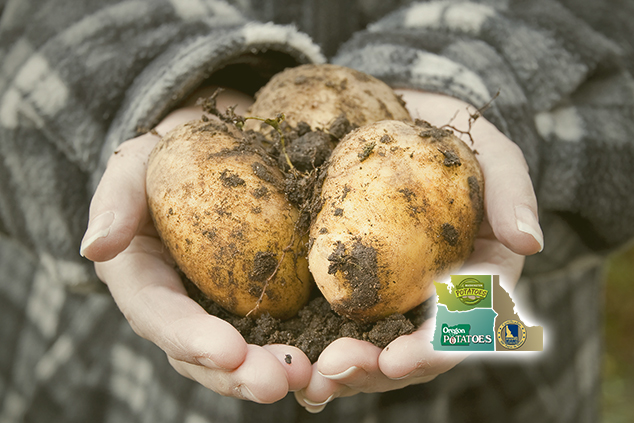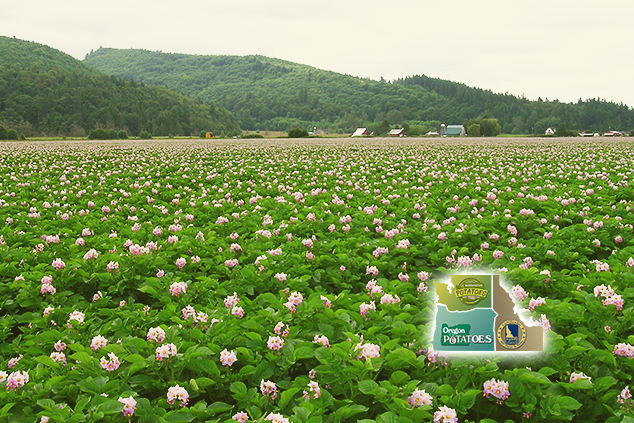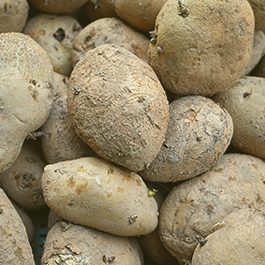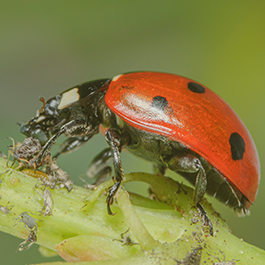Foliar Late Blight
Causal Agent:
Phytophthora infestans
Biology:
Pathogen of potato and a few related plants; infection encouraged by humid and wet conditions.
Dispersal:
Sporangia move in the wind; zoospores in water.
Fungicide Resistance:
P. infestans is well-known to become resistant to site-specific fungicides used against it. Fungicides should be rotated frequently to prevent resistance.
Management:
- Prevention is key.
- Manage volunteer potatoes and cull piles.
- Plant healthy seed.
- Use a seed treatment containing mancozeb or other preventive fungicide.
- Treat with foliar fungicides according to University recommendations.
- Monitor fields carefully for late blight infections, especially early in season.
- Avoid planting potatoes in ground that is expected to be excessively wet, such as pivot centers and pivot overlaps.














